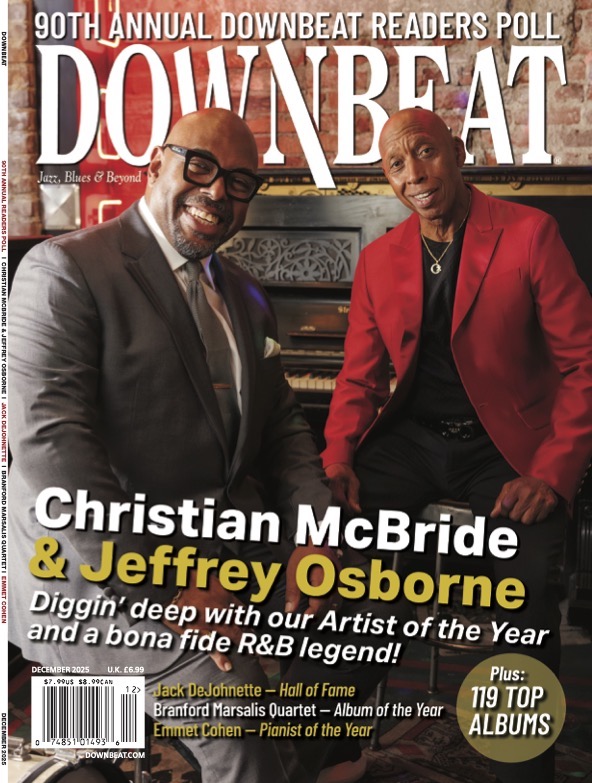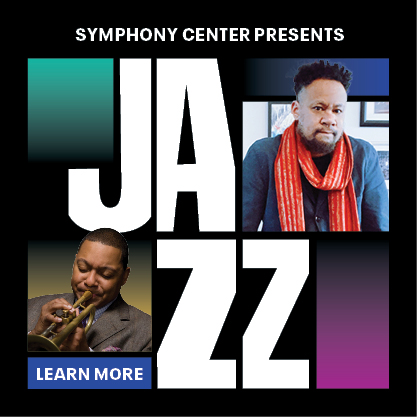Oct 28, 2025 10:47 AM
In Memoriam: Jack DeJohnette, 1942–2025
Jack DeJohnette, a bold and resourceful drummer and NEA Jazz Master who forged a unique vocabulary on the kit over his…
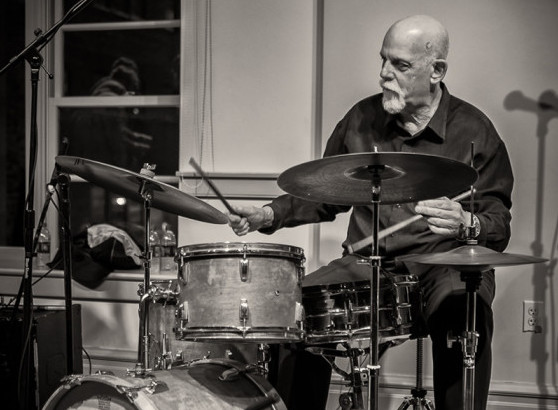
“Billy was very friendly to me when I was young. One of my greatest inspirations,” said drummer Bill Goodwin about fellow drummer Billy Higgins.
(Photo: Courtesy Fresh Sound Records)Drummer Bill Goodwin, who turned 83 three days after his first Blindfold Test, has played with, known and heard just about anyone who’s anyone during a 65-year career in the jazz business that launched with a 1959 engagement with Charles Lloyd in Los Angeles, Goodwin’s hometown. Best known for his 40-year tenure propelling Phil Woods’ various ensembles, Goodwin has also excelled as a bandleader, producer and educator. He sat down on the first Sunday of 2025 at the home of drummer Billy Drummond, who graciously provided one of his audiophile systems to listen to the test.
Frank Butler
“Urbane” (The Stepper, Xanadu, 1981) Butler, drums and drum solo; Dolo Coker, piano, composer; Jack Montrose, tenor saxophone; Monty Budwig, bass.
It’s an achievement to turn a simple melodic fragment into a beautiful long solo. The drummer is influenced by Jo Jones, though it’s not Ed Thigpen or Chico Hamilton, who played fantastic solos. Sounds like studio drums, but well-recorded. I don’t know the other musicians. [afterwards] I was going to mention Frank, who has Kansas City roots. Every drummer who knows anything knows about Frank’s Jo Jones-type solo titled “A Fifth For Frank” on Curtis Counce’s Landslide album. Frank was one of my primary Los Angeles influences.
Sonny Criss
“After You’ve Gone” (Go Man!, Imperial, 1956) Criss, alto saxophone; Larance Marable, drums; Sonny Clark, piano; Leroy Vinnegar, bass.
“After You’ve Gone.” The alto sounds great. Phil Woods? Sonny Stitt? Frank Morgan? Who else is it not? I forgot about Sonny Criss. The drummer played very well, stayed out of the way. On the solo, the snare drum sounds like Kenny Clarke. No? It’s copped heavily from Kenny. Roy Haynes? [You’re on the wrong coast.] So it’s Larence Marable, who was called “the West Coast Philly Joe,” though he’s closer to Kenny. A beautiful, compact player. Not fabulously creative, but very swinging. He didn’t really stretch. He had a thorny personality. The pianist was a real bebopper. Al Haig? Barry Harris? [This is L.A., mid-’50s.] Sonny Clark. I was in high school when he was at the Lighthouse in 1956 or 1957. He was a remarkable player, very young.
Kim Cass
“Time” (Levs, Pi, 2024) Cass, bass, composer; Matt Mitchell, piano; Tyshawn Sorey, drums.
That sounds like Paul Bley. Don Pullen? [It’s a current record.] Impressive piano playing, but take a breath! The drummer is good. The bassist is rushing. Nobody left any space. [afterwards] On this one, Tyshawn was just doing the job. He was my student, under my so-called supervision for three years. He played piano, played trombone in the concert band, and played drums. When we met, he was 19. He said, “I don’t want to learn any licks or anything that anybody else ever played. Where should we start?” He told me he’d already written 500 compositions. He did a trio record with Corey Smythe and Chris Tordini that sounds like an orchestra. Brilliant. I’ve met very few people I could call a genius. He’s one of them.
Chico Hamilton Quintet
“Passin’ Thru” (Passin’ Thru, Impulse!, 1962) Hamilton, drums; Charles Lloyd, tenor saxophone, composer; George Bohannon, trombone; Gabor Szabo, guitar; Albert Stinson, bass.
It started with a message. Morse code. I don’t recognize the guitar player. Oh, is that Charles Lloyd with Chico Hamilton? I hear the Coltrane influence. We go back a long time. Is Gabor the guitarist? His sound is so clean. He’d dirtied it up by the time I worked with him. I recommended Albert Stinson for this gig. I saw this group a lot. Chico had a drum setup like Jo Jones, two tom-toms on the floor, and then he sat over them, positioned in front of the band. Very graceful. He took the bottom heads off his drums, or had them made that way, so they’d have a certain shallow sound, more contemporary then — being a purist, I didn’t like it, of course. I never loved Chico’s swing playing; there wasn’t much swing in it.
Gary Burton
“Falling Grace” (The Time Machine, RCA, 1966) Burton, vibraphone, piano; Steve Swallow, bass, composer; Larry Bunker, drums.
Steve Swallow’s tune, “Falling Grace.” This is Chick Corea and Gary Burton, who brought me to New York to play with his group in January 1969. [Not Chick.] Makoto Ozone? [The bassist is Steve Swallow. This is the first version of the song.] I’m sure I heard the group. Oh, Larry Bunker. They recorded this album without a deal, just before Gary started to really hit it with his own group. Larry was a modern player and a fantastic musician. He’s on many records I bought when I was a kid, and I often heard him play around Los Angeles. Then he became super-engaged in the studios. He played all the percussion instruments, excellent vibes and marimba, and was a great reader. He hardly got to play drums at all. He didn’t like it.
Cedar Walton’s Eastern Rebellion
“Shoulders” (Mosaic, MusicMasters, 1990) Higgins, solo drums; Cedar Walton, composer.
Fast double strokes. The drummer was fluid without being overly technical; they took the elements and used them musically, with some space. I chuckled at the passage on cymbals. I didn’t get much information from the tuning or the cymbal sound. [afterwards] Billy had a lot more chops than people thought. He wasn’t doing Buddy Rich single strokes and all that. He was playing drum sounds. Somebody asked Billy, “How do you tune your drums?” He said, “I tune them so they sound like a family.” Billy was very friendly to me when I was young. One of my greatest inspirations. DB
The “Blindfold Test” is a listening test that challenges the featured artist to discuss and identify the music and musicians who performed on selected recordings. The artist is then asked to rate each tune using a 5-star system. No information is given to the artist prior to the test.
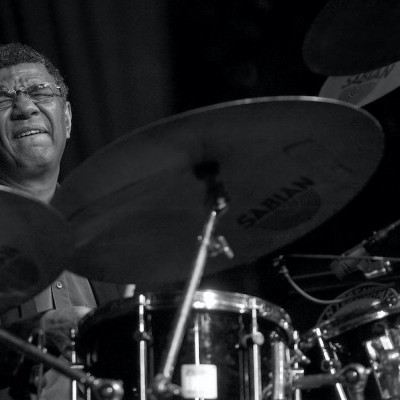
Jack DeJohnette boasted a musical resume that was as long as it was fearsome.
Oct 28, 2025 10:47 AM
Jack DeJohnette, a bold and resourceful drummer and NEA Jazz Master who forged a unique vocabulary on the kit over his…

D’Angelo achieved commercial and critical success experimenting with a fusion of jazz, funk, soul, R&B and hip-hop.
Oct 14, 2025 1:47 PM
D’Angelo, a Grammy-winning R&B and neo-soul singer, guitarist and pianist who exerted a profound influence on 21st…
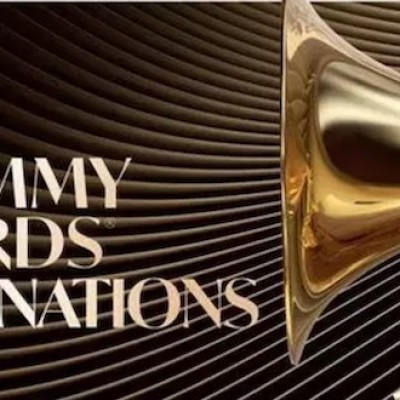
To see the complete list of nominations for the 2026 Grammy Awards, go to grammy.com.
Nov 11, 2025 12:35 PM
The nominations for the 2026 Grammy Awards are in, with plenty to smile about for the worlds of jazz, blues and beyond.…
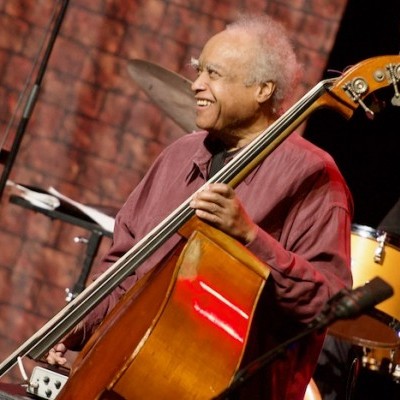
Drummond was cherished by generations of mainstream jazz listeners and bandleaders for his authoritative tonal presence, a defining quality of his style most apparent when he played his instrument unamplified.
Nov 4, 2025 11:39 AM
Ray Drummond, a first-call bassist who appeared on hundreds of albums as a sideman for some of the top names in jazz…
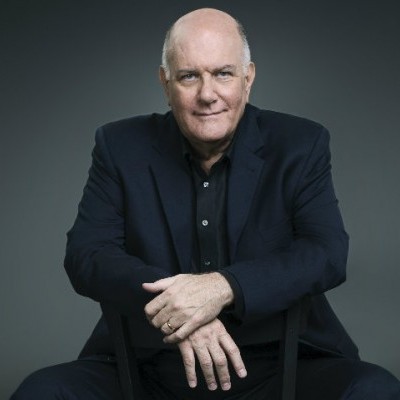
Jim McNeely’s singular body of work had a profound and lasting influence on many of today’s top jazz composers in the U.S. and in Europe.
Oct 7, 2025 3:40 PM
Pianist Jim McNeely, one of the most distinguished large ensemble jazz composers of his generation, died Sept. 26 at…

